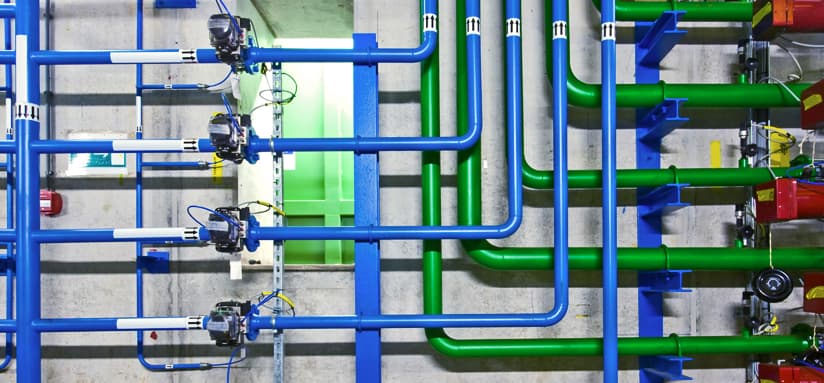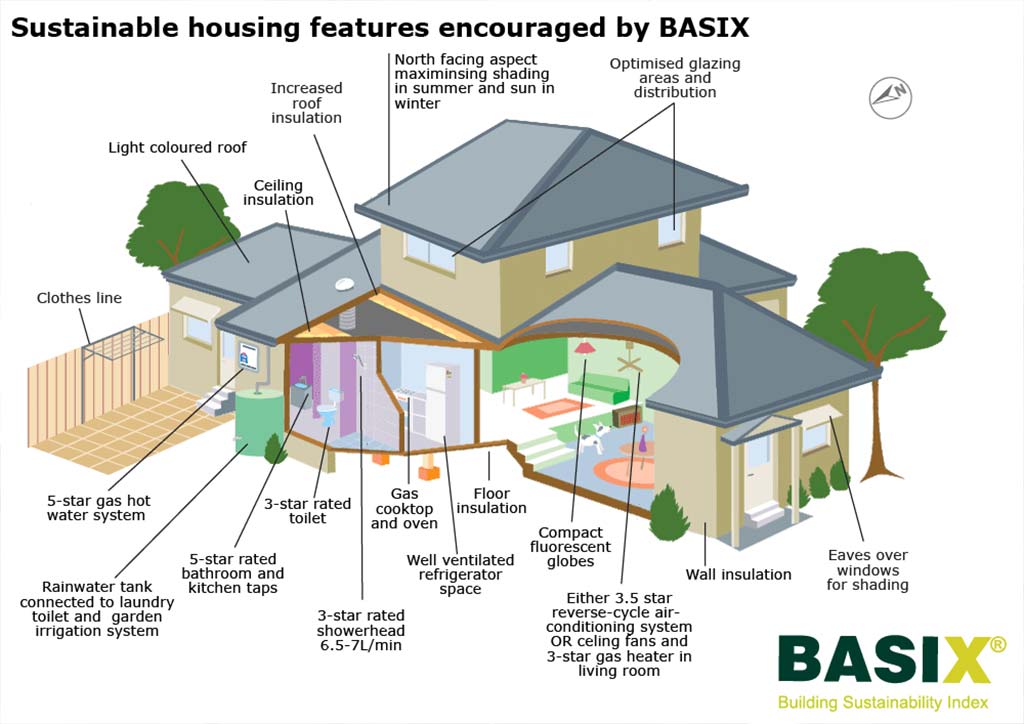They are making a number of good pointers about The Inner Workings of Your Home's Plumbing in general in this content further down.

Comprehending just how your home's pipes system functions is essential for each house owner. From supplying clean water for drinking, food preparation, and showering to safely eliminating wastewater, a properly maintained plumbing system is essential for your household's wellness and convenience. In this extensive guide, we'll discover the elaborate network that comprises your home's plumbing and deal suggestions on upkeep, upgrades, and dealing with typical concerns.
Intro
Your home's plumbing system is greater than simply a network of pipes; it's a complex system that ensures you have accessibility to tidy water and reliable wastewater elimination. Recognizing its components and how they collaborate can assist you protect against costly repairs and make sure every little thing runs efficiently.
Basic Components of a Plumbing System
Pipes and Tubing
At the heart of your plumbing system are the pipelines and tubing that bring water throughout your home. These can be made of various products such as copper, PVC, or PEX, each with its advantages in regards to sturdiness and cost-effectiveness.
Fixtures: Sinks, Toilets, Showers, and so on.
Fixtures like sinks, bathrooms, showers, and tubs are where water is made use of in your house. Understanding how these fixtures connect to the plumbing system helps in identifying troubles and intending upgrades.
Valves and Shut-off Factors
Valves control the circulation of water in your pipes system. Shut-off shutoffs are crucial throughout emergencies or when you require to make repair services, enabling you to separate parts of the system without interfering with water flow to the entire residence.
Water Supply System
Main Water Line
The primary water line links your home to the municipal water supply or a private well. It's where water enters your home and is distributed to various fixtures.
Water Meter and Stress Regulatory Authority
The water meter procedures your water use, while a stress regulatory authority makes sure that water streams at a safe pressure throughout your home's pipes system, stopping damages to pipelines and fixtures.
Cold Water vs. Hot Water Lines
Understanding the difference in between cold water lines, which provide water straight from the primary, and warm water lines, which lug warmed water from the hot water heater, assists in fixing and planning for upgrades.
Drain System
Drain Pipeline and Traps
Drain pipelines carry wastewater away from sinks, showers, and commodes to the drain or septic tank. Catches prevent sewer gases from entering your home and also trap particles that can create blockages.
Air flow Pipes
Air flow pipes permit air right into the drainage system, avoiding suction that could slow down drain and cause catches to empty. Correct ventilation is important for keeping the stability of your pipes system.
Significance of Correct Drain
Ensuring appropriate water drainage avoids back-ups and water damage. On a regular basis cleaning drains pipes and maintaining catches can protect against expensive repairs and prolong the life of your pipes system.
Water Heating Unit
Kinds Of Water Heaters
Water heaters can be tankless or traditional tank-style. Tankless heating units heat water as needed, while containers keep heated water for immediate use.
Updating Your Pipes System
Reasons for Updating
Upgrading to water-efficient fixtures or changing old pipes can enhance water high quality, reduce water expenses, and increase the worth of your home.
Modern Plumbing Technologies and Their Advantages
Discover technologies like clever leakage detectors, water-saving commodes, and energy-efficient water heaters that can conserve cash and lower environmental effect.
Price Considerations and ROI
Determine the in advance prices versus lasting savings when thinking about pipes upgrades. Several upgrades pay for themselves through lowered utility bills and fewer repair services.
Just How Water Heaters Attach to the Pipes System
Comprehending just how hot water heater attach to both the cold water supply and warm water circulation lines aids in diagnosing issues like inadequate warm water or leakages.
Upkeep Tips for Water Heaters
Regularly flushing your water heater to remove sediment, inspecting the temperature level settings, and evaluating for leakages can expand its life-span and boost power effectiveness.
Usual Pipes Issues
Leaks and Their Reasons
Leakages can occur due to aging pipes, loose installations, or high water pressure. Attending to leakages without delay stops water damage and mold development.
Obstructions and Clogs
Clogs in drains pipes and commodes are usually caused by purging non-flushable products or an accumulation of grease and hair. Utilizing drain displays and bearing in mind what decreases your drains can prevent clogs.
Indicators of Pipes Issues to Expect
Low tide pressure, slow-moving drains pipes, foul odors, or uncommonly high water bills are indicators of possible pipes issues that should be addressed without delay.
Pipes Maintenance Tips
Normal Assessments and Checks
Arrange annual pipes assessments to catch concerns early. Search for signs of leakages, rust, or mineral buildup in taps and showerheads.
DIY Upkeep Tasks
Basic tasks like cleansing faucet aerators, checking for commode leaks making use of dye tablet computers, or protecting exposed pipelines in chilly climates can stop major pipes issues.
When to Call a Specialist Plumbing
Know when a plumbing issue calls for expert knowledge. Trying complex fixings without appropriate knowledge can cause even more damage and greater repair expenses.
Tips for Lowering Water Usage
Simple routines like repairing leakages promptly, taking shorter showers, and running complete loads of washing and dishes can preserve water and lower your utility expenses.
Eco-Friendly Pipes Options
Consider lasting plumbing materials like bamboo for flooring, which is durable and green, or recycled glass for countertops.
Emergency Readiness
Actions to Take During a Pipes Emergency
Know where your shut-off shutoffs lie and just how to turn off the water system in case of a burst pipe or significant leakage.
Relevance of Having Emergency Situation Get In Touches With Convenient
Keep contact info for neighborhood plumbing professionals or emergency situation services readily offered for fast feedback throughout a plumbing situation.
Ecological Impact and Conservation
Water-Saving Fixtures and Appliances
Installing low-flow faucets, showerheads, and bathrooms can dramatically reduce water usage without sacrificing performance.
DIY Emergency Fixes (When Suitable).
Short-lived solutions like making use of air duct tape to patch a leaking pipe or putting a pail under a trickling faucet can minimize damage until a professional plumbing shows up.
Final thought.
Comprehending the composition of your home's pipes system encourages you to keep it properly, conserving money and time on repair services. By complying with routine upkeep regimens and staying notified about modern plumbing technologies, you can ensure your plumbing system operates efficiently for several years ahead.
HOW YOUR PLUMBING SYSTEM WORKS
Which Pipes Do What?
- Blue lines = fresh water supply entering the building
- Red lines = hot water supply entering the building
- Grey lines = pipes carrying waste away from the building and venting pipes carrying gases away from the building (through the roof)
YOUR MAIN PLUMBING SYSTEMS
There are two main plumbing systems that support your home s basic plumbing needs one that brings clean water into your home, and one that sends dirty water away from your home. Connected to the toilet, bath, shower, and other faucets in your home, these two systems keep your water flowing in the right directions.
ACCESSING FRESH WATER
Fresh and clean water is brought into your home through the main water supply line . Filtered through one pipe, this water is pressured to flow into the various fixtures in your home at any given time.
This water can be sourced from a well located on your property, a pond or river (mostly cottages), or, as in most cases, from the city s municipal water treatment centre. However, it is important to note that water that is untreated, such as the water siphoned from ponds or rivers, may not be safe to drink. Personal water supplies always need to be treated for hardness and contaminants before consumed.
MUNICIPAL WATER SUPPLIES
- Improve taste and odour
- Remove sediment
- Eliminate hardness
- Reduce chlorine
COLD WATER SUPPLY VS. HOT WATER SUPPLY
Cold water flows into your home or building through the service line, which then distributes hot or cold water to your fixtures. This line is most commonly run through a central column that runs floor to floor. Hot water runs in short and straight pipes as the longer the pipeline, the more heat that will be lost in the transfer. Having shorter pipes also allows residents to access hot water more quickly.
WASTE WATER SYSTEM
Your wastewater system is divided into two parts pipes that send wastewater away from your home and venting pipes that send sewer gas away from your home. Sewage water travels through pipes that flush the water and waste towards local sewers that are operated and managed by your city or town. Most sewer systems rely on gravity to move the wastewater to where it needs to go.
The further away from your toilet or sink, the larger wastewater pipes become. This allows for waste to be disposed of from various parts of your home or business at once without pipe blockages. The angle and flow of these pipes are also essential for keeping your waste pipes clear of build up.
https://harrisplumbing.ca/how-your-home-plumbing-system-works/

I'm just very serious about Plumbing Installation 101: All You Need to Know and I am praying you enjoyed our entry. Loved our posting? Please share it. Help other people locate it. Thanks for taking the time to read it.
Request An Appointment
Comments on “The Complete Guide to Your Property's Plumbing System Anatomy”